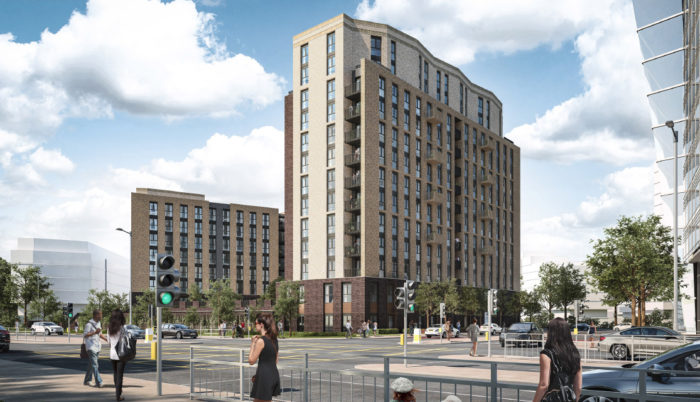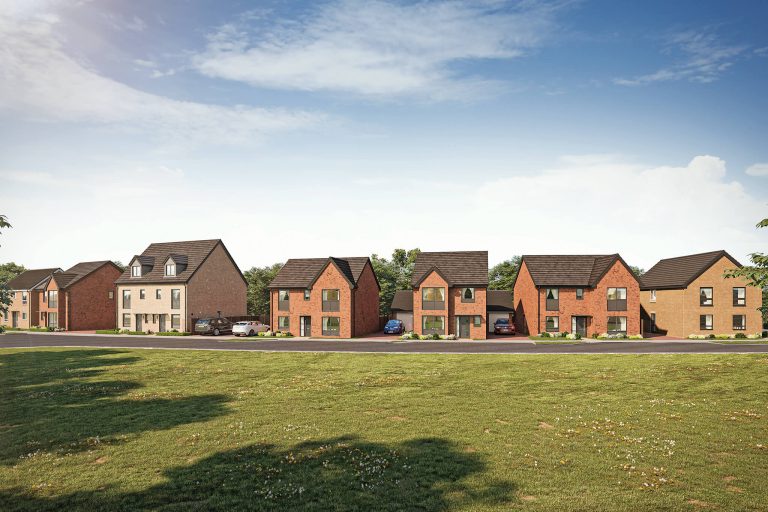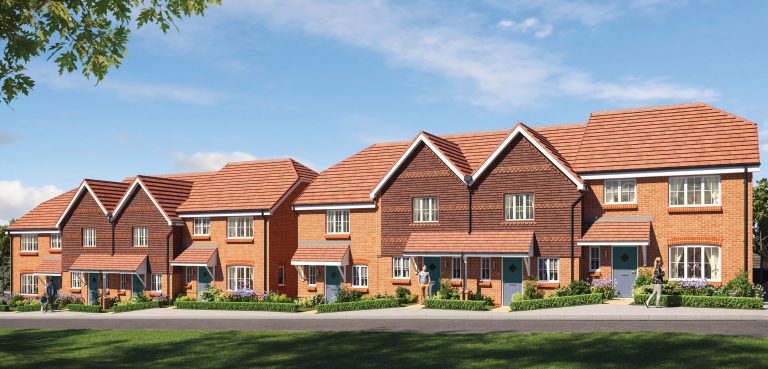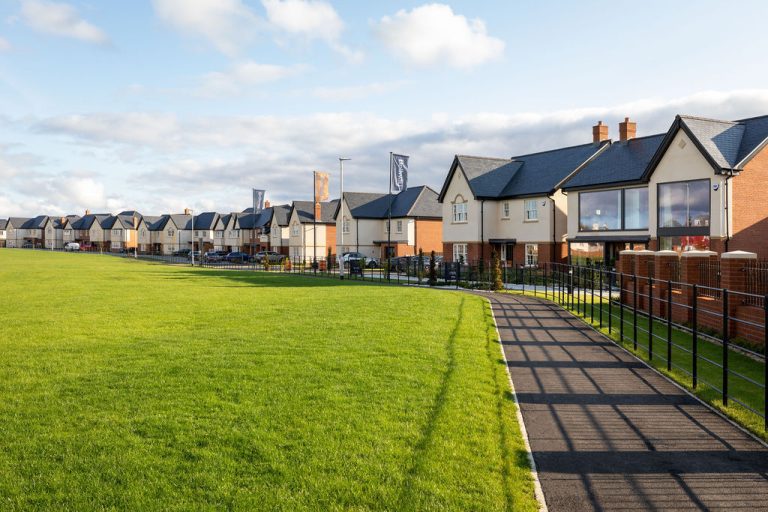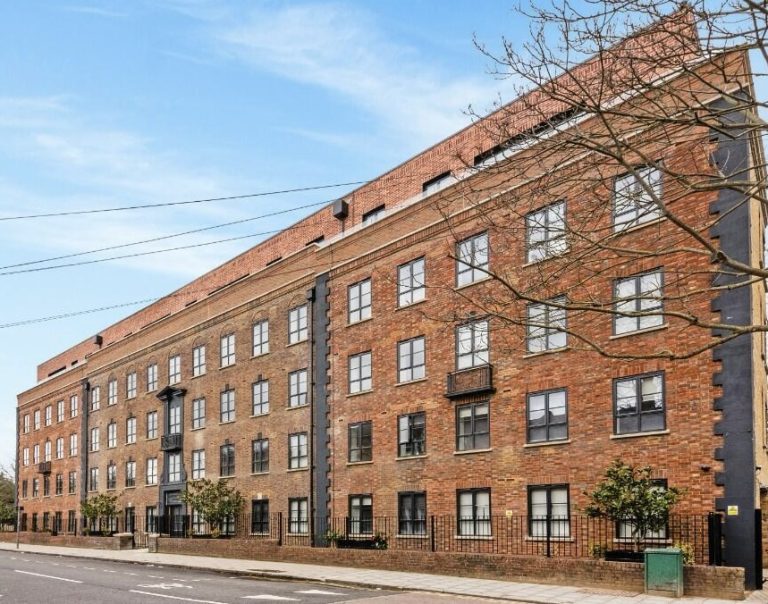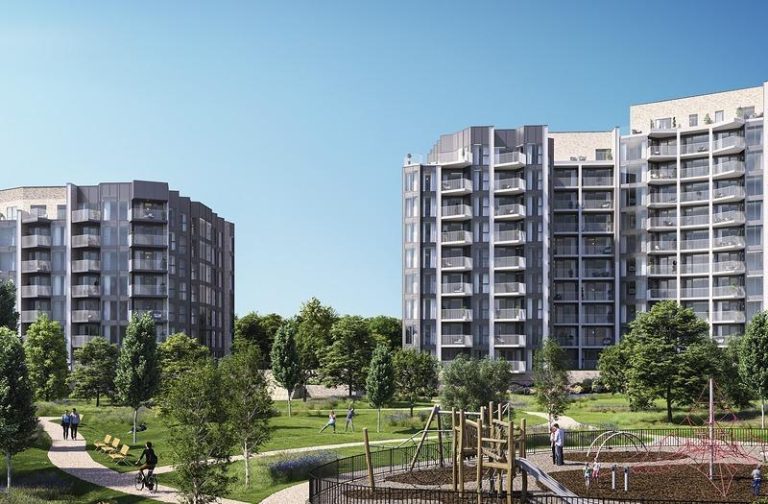Construction work on all homes at seven Bellway developments across the North East is due to be completed this year, delivering more than 1,100 new homes for people in the area. Building work is nearing the final stages at Arcot Manor in Cramlington, Moorfields in Killingworth, Burdon Rise in Ryhope, Havannah Park in Hazlerigg, Ottermead at Jameson Manor and The Listed at Ottermead in Ponteland and at Northdene in North Shields. As well as providing much-needed new homes, Bellway is contributing £7.8 million to improve local facilities and infrastructure as part of the planning agreements with local authorities for these developments. Bellway North East Sales Director, Emma Chesterton, said: “The hard work of the whole Bellway North East team – from our construction and sales teams on site to everyone at our headquarters in Gateshead – has helped us get to the point where we are nearing completion of seven developments across the region. “With our roots in the region, we are committed to significant investment in housing and infrastructure across Newcastle and the wider North East.” By the end of the year Bellway will have delivered 226 homes at Arcot Manor in Cramlington, as well as investing £1.9 million in local infrastructure, while at Havannah Park in nearby Hazlerigg, 224 homes will have been built, with funding from Bellway of £2.2 million towards local services including education, healthcare, roads and wildlife. At Moorfields in Killingworth, 336 homes have been provided by Bellway, with Ashberry Homes, part of Bellway Group, continuing work on a further 91 homes at Moorfields View to complete the wider 427-home neighbourhood – which has generated investment of more than £900,000 for schools, roads, healthcare and parks. Meanwhile, in Ponteland, two developments are nearing completion on the former Northumbria Police HQ site off North Road. Ottermead at Jameson Park consists of 184 new homes, while The Listed at Ottermead comprises 22 Grade II-listed Arts and Crafts-style properties which have been carefully restored into apartments and houses. The redevelopment of the site has also seen £1.5 million provided for local facilities. At Northdene in North Shields, a further 75 new homes have transformed a disused former reservoir site, as well as bringing more than £460,000 in contributions for primary schools, parks, play areas, sports facilities, playing pitches, allotments, wildlife and employment and training. And at Burdon Rise in Ryhope, Bellway has built 109 new four and five-bedroom houses, as well as investing £1.5 million in the local area, with funding for affordable housing, primary schools, play equipment, ecology and habitats, and roads. Emma continues: “We are not just building houses, we are creating a real sense of place and a sense of community at our developments. Bellway’s funding will not only benefit the new residents at these developments, but also people living in the wider community. “Looking back, it’s important to take stock of everything the team has achieved, and it’s particularly rewarding to see all these completed developments coming through, with residents and communities growing by the week.” For more information about Bellway developments in the North East, visit https://www.bellway.co.uk/new-homes/north-east. Building, Design & Construction Magazine | The Choice of Industry Professionals




